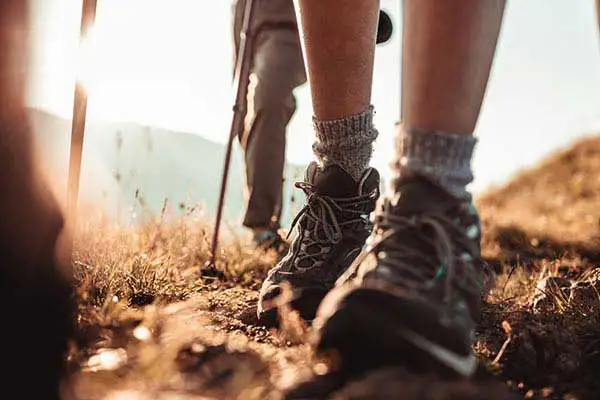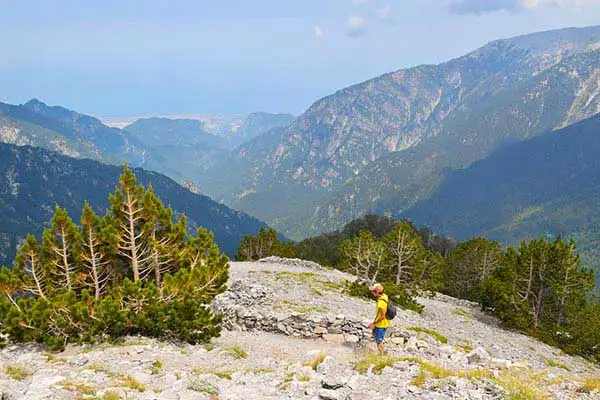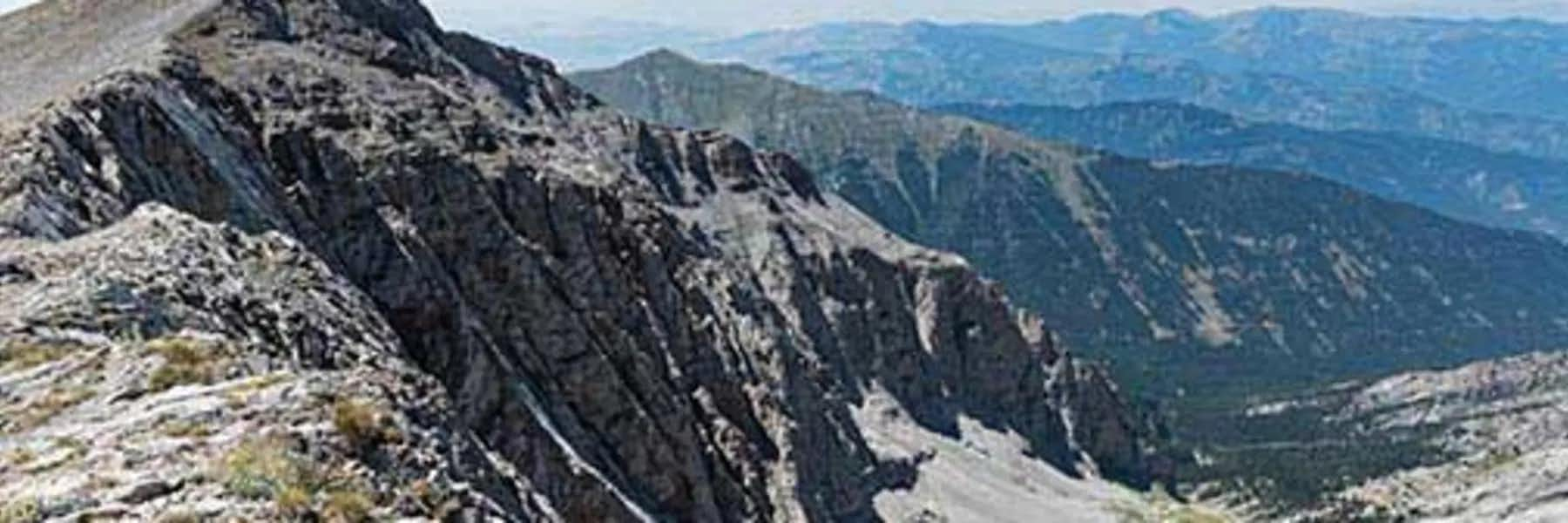Mount Everest may be the highest point in the world, but Mount Olympus holds the title of the most legendary mountain. Measuring 9,570 feet, the tallest mountain in Greece was the ancient home of the twelve most powerful Olympian gods. Zeus, the king of the gods, used it as his stronghold when fighting the Titans, and ever since that battle was won, the mountain weaves its way through hundreds of Greek stories.
Situated 260 miles north of Athens, modern-day Mount Olympus has a lot to offer. It became Greece’s first national park in 1938, and the 92-square mile surrounding area referred to as the Olympus Biosphere Reserve features over 1,500 plant species, 100 species of birds, and 25 species of mammals.
While there are many easy walking trails and quaint mountain villages to visit, thousands of visitors come to Mount Olympus every year to hike to the summit of Mytikas, Zeus’s mythical throne. If hiking to the top of Mount Olympus is on your bucket list, here is everything you need to know.

About the Hike: To dispel any myths, you don’t need to be in tremendous physical shape or have a lot of hiking experience to ascend Mount Olympus. Most people make the trip an overnight excursion, and many beginners make the full ascent. Depending on the route you choose, most of the climb is a gentle hike with the exception of the final leg.
The last part of the trek to the summit is more physically challenging, with loose gravel and a steep incline requiring you to use your hands and feet. It isn’t a technical climb requiring gear, but it isn’t a gentle hike either. If you are very inexperienced, you can hire a guide for the last leg. Guides can be arranged at Refuge Apostolidis.
No special gear is required for the full trek but you will want good hiking shoes, sun protection, comfortable, layered clothing, and plenty of water.
When to Go: Due to its elevation, Mount Olympus gets quite cold, and you can expect the mountain to be snow-capped from September to May. About 10,000 people per year hike to the summit, so crowds are another factor to consider. June through to September is ideal from a weather perspective, while May and October offer good weather and fewer visitors. The winter months can be dangerous with avalanches and intense weather conditions, so it's best for everyone other than extremely experienced hikers to avoid the months of December to April.
How to Get There: The starting point for the trek to the summit is typically Litochoro, a rural village with a population under 8,000 on the eastern slopes of Mount Olympus. The town is 258 miles from Athens, and you can get there by car or train. From Litochoro, you have the option to hike or drive to the starting point of the two main trails: the Prionia and Gortsia.

Hiking Options: Ascending Mount Olympus is usually completed over two days with an overnight stay in one of the many mountain refuges. These refuges are simple shelters offering basic sleeping accommodations, cooking facilities, bathrooms, and in some cases, WiFi and restaurants. Some are small, sleeping less than 10 people, while others can accommodate over 100 guests. You can see a listing of the refuges here.
The two most popular trails that offer you access to these mountain refuges are the Prionia Trail and the Goritsa Trail. Both of these trails start at an elevation of approximately 3,610 feet.
The Prionia Trail: Starting from Litochoro, you’ll walk through the Enipea Canyon, along a gentle path featuring the Agios Dionysios Monastery, beautiful lakes, lush valleys, and colorful meadows before reaching the Prionia Trailhead. From here, you start a heavily forested hike to arrive at the Spilios Agapitos Refuge (6,759 feet in elevation).
Most visitors stay at the Agapitos Refuge overnight and then head out in the morning for the final part of the hike to Mytikas, Zeus’s Throne at the top of Mount Olympus. This leg is the most challenging because it is steep and a portion of the trail covered in loose gravel. The going might be difficult, but at the top you are rewarded with amazing views extending to Bulgaria and Albania.
The Gortsia Trail: If you are looking for a less crowded but longer hike, the Gortsia Trail is a good option. About two-thirds of this trail is dense forest, offering you a tranquil, peaceful experience. The first part of this hike offers two trail options, one steep and the other more gradual. They meet at Skourta, 8,120 feet in elevation. From Skourta you continue to an area called the Muses Plateau, with the option to overnight at the Kakkalos Refuge or Apostolidis Refuge nearby. The next day, you hike up the Stefani peak before the final climb to Mytikas.
If you are looking for something less strenuous, day hikes throughout the lower hills of Mount Olympus offer gorgeous scenery and a tranquil environment. There are lots of options to tailor a hike to your preferences and abilities.
Mount Olympus is where the gods celebrated with nectar, ambrosia, and heavenly meals, and after you’ve completed your climb of Mount Olympus, you’ll want to celebrate too. When it comes to amazing food, Greece doesn’t disappoint, and despite being in a mountainous region, you’ll have easy access to fresh fish along with local dishes featuring mountain herbs and vegetables. You might even find venison on the menu of a woodland taverna.
A trip to Mount Olympus is a magical experience and a great reminder that Greece offers much more than stunning islands with beautiful beaches. It has lush woodlands and impressive mountains too, but a visit to Mount Olympus goes beyond a trip in nature. It connects you to something deeply sacred and ancient as well: the home of the Greek gods.
Related Articles
Top 5 Reasons to Move to Greece
The Good Life in Greece for Less Than $1,000 a Month
The Three Best Things About Living in Greece (and the Two Worst)
